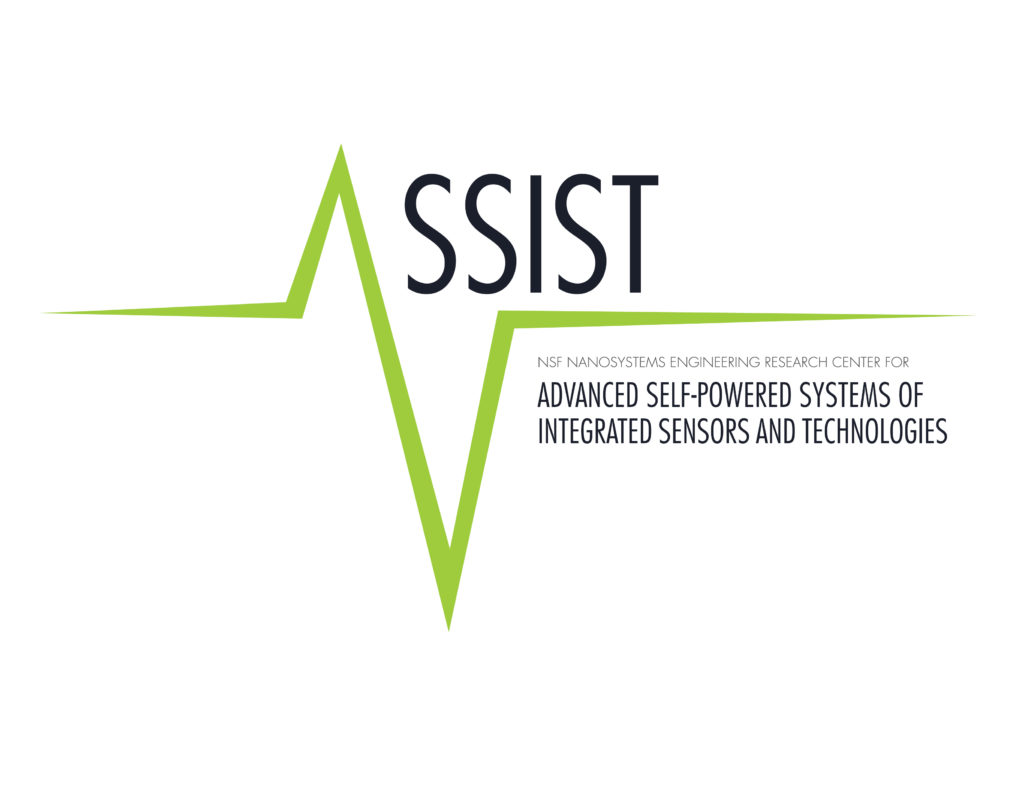

Profusa Inc. and ASSIST Center Awarded $1.5M NIH Grant to Co-Develop Ultrathin, Wearable, Wireless, Oxygen Monitor for Patients with Peripheral Artery Disease
SOUTH SAN FRANCISCO, Calif. and RALEIGH, N.C., February 6, 2017 — Profusa, Inc. and North Carolina State University’s ASSIST Center today announced their collaboration to develop an ultrathin flexible-patch reader worn on the skin for continuous wireless monitoring of tissue oxygen in patients undergoing treatment for peripheral artery disease (PAD) has been awarded a $1.5 million Phase II Small Business Innovation Research (SBIR) grant administered by the National Heart, Lung, and Blood Institute (NHLBI), a division of the National Institutes of Health (NIH).
Combining Profusa’s tissue-integrated biosensor technology with ASSIST’s thin-film electronics know-how, the “bandage reader” will be a companion device to Profusa’s Lumee™ Oxygen Platform recently introduced in the EU for use by medical practitioners to continuously measure tissue oxygen levels in ischemic limbs before, during, and after PAD treatment. PAD affects 202 million people worldwide, 27 million of whom live in Europe and North America, with an annual economic burden of more than $74 billion in the U.S. alone.
“The goal of our collaboration is to develop a bandage-like version of Profusa’s first-generation optical reader that is flexible, disposable, and conforms to the foot for continuous monitoring of tissue oxygen levels during revascularization and restenosis in patients with PAD,” explained Natalie Wisniewski, Ph.D., Profusa’s chief technology officer and principle investigator of the program. “The impact of our alliance has the potential to be transformative, not just for PAD, but for the broad field of mobile health monitoring.”
Michael Daniele, Ph.D., the project’s site lead for ASSIST, said the collaboration with Profusa is an extension of their joint work to develop wearable patches for the simultaneous, continuous, noninvasive monitoring of multiple biomarkers, funded by the Defense Advanced Research Projects Agency (DARPA), and to develop a version of the Lumee for home use. “Our joint programs with Profusa exemplify ASSIST’s mission to empower physicians and their patients with innovative technology that enables real-time monitoring of health and disease.”
Veena Misra, Ph.D., Director of the NSF ASSIST Center, said, “This ASSIST-Profusa collaboration, and those like it, is critical for accelerating innovation and commercializing products in the healthcare industry. Our joint development addresses key challenges in the detection and analysis of biological signals and will produce a disruptive solution for biochemical sensing.”
Alper Bozkurt, Ph.D., Senior Investigator and ASSIST Testbed Leader, added, “The combined leadership of Profusa’s continuous biochemical analysis and ASSIST’s ultra-low power-sensors bridge the large gap in the wearable monitor market. We look forward to demonstrating the benefits of this new device to healthcare consumers and providers.”
Lumee Oxygen Platform
Profusa’s first medical product, the Lumee Oxygen Platform, is a single-biomarker sensor designed to measure oxygen. In contrast to blood oxygen reported by other devices, the system incorporates the only technology that can monitor local tissue oxygen. When applied to the treatment of peripheral artery disease (PAD), it prompts the clinician to provide therapeutic action to ensure tissue oxygen levels persist throughout the treatment and healing process.
About ASSIST
The National Science Foundation (NSF)-sponsored Nanosystems Engineering Research Center (NERC) for Advanced Self-Powered Systems of Integrated Sensors and Technologies (ASSIST) develops and employs nano-enabled energy harvesting, energy storage, nanodevices and sensors to create innovative battery-free, body-powered, and wearable health monitoring systems. The ASSIST Center coordinates research across eight partner and collaborating universities, under NSF Award Number EEC-1160483. Profusa is a member company of the ASSIST Industry program. For more information, see https://assistcenter.org
About Profusa, Inc.
Profusa, Inc., based in South San Francisco, Calif., is leading the development of novel tissue-integrated sensors that empowers an individual with the ability to monitor their unique body chemistry in unprecedented ways to transform the management of personal health and disease. Overcoming the body’s response to foreign material for long-term use, its technology promises to be the foundational platform of real-time biochemical detection through the development of tiny bioengineered sensors that become one with the body to detect and continuously transmit actionable, medical-grade data for personal and medical use. See http://www.profusa.com for more information.
CE Marked for sale in the EU, the Lumee Oxygen Platform is an Investigational Device limited by federal (or United States) law to Investigational Use.
Research reported in this press release is supported by the National Heart, Lung, and Blood Institute of the National Institutes of Health under Award Number R44HL1134532, and work supported by DARPA, the Biological Technologies Office (BTO), and ARO. The content is solely the responsibility of the authors and does not necessarily represent the official views of the National Institutes of Health and DARPA.
# # #
